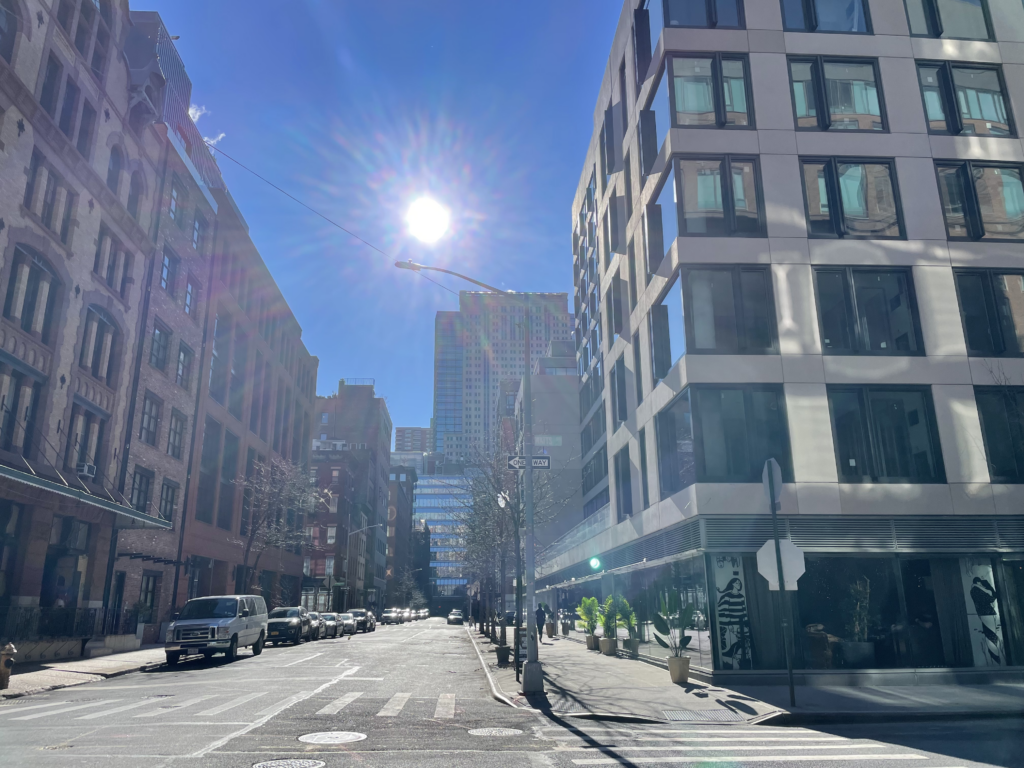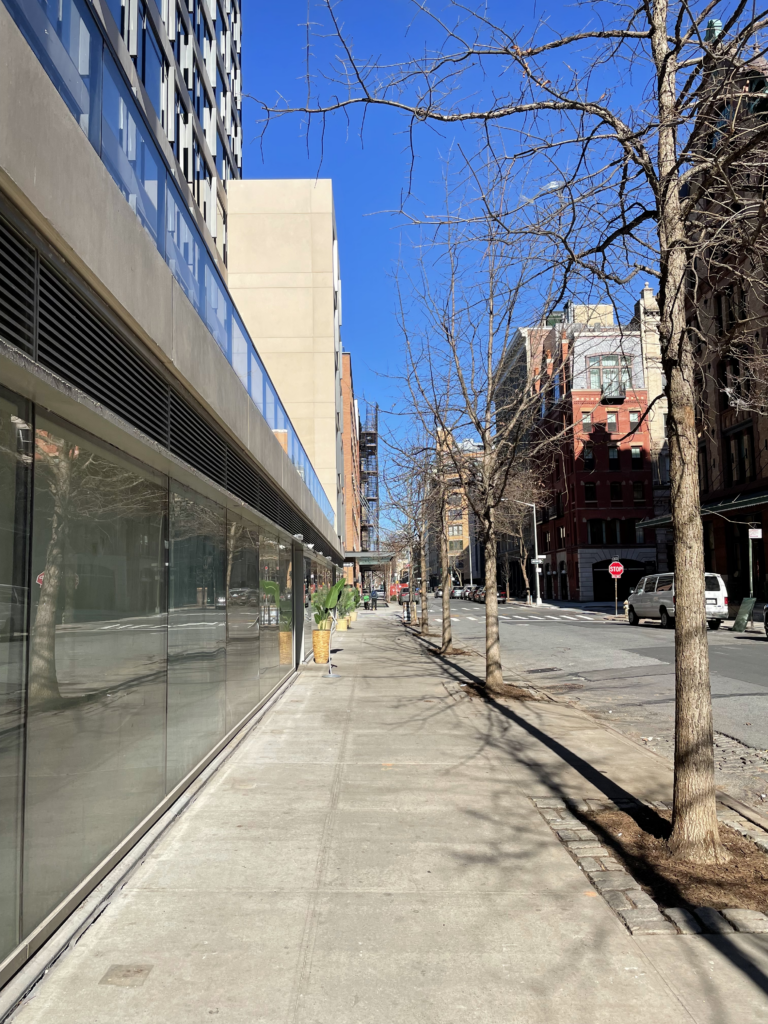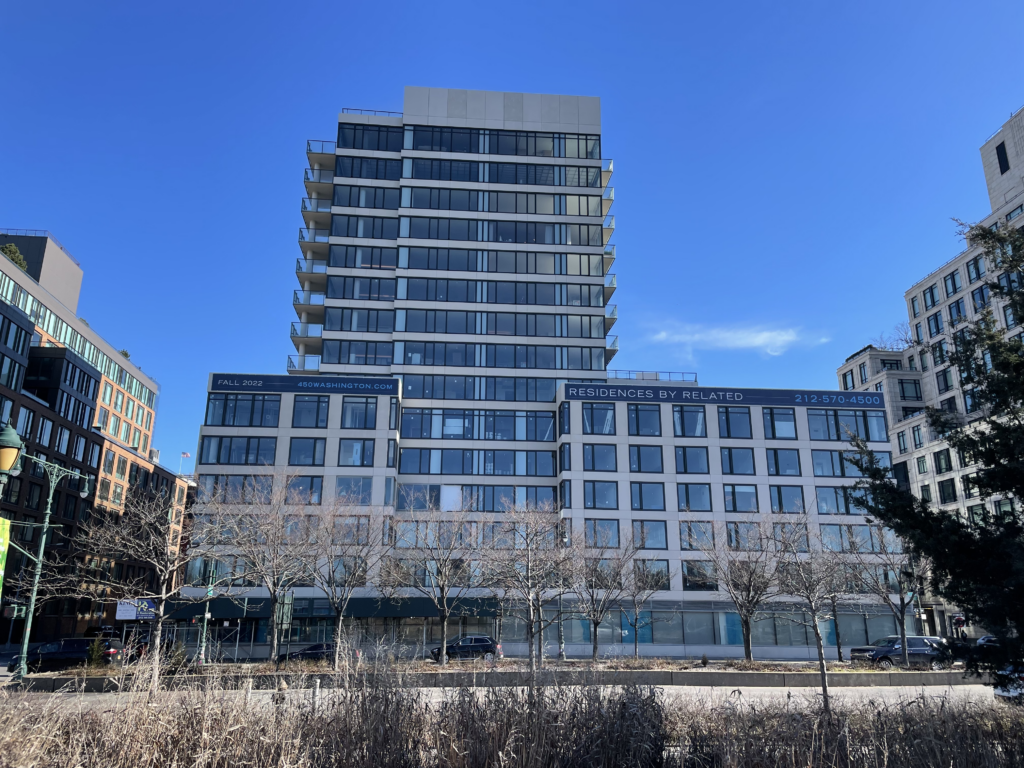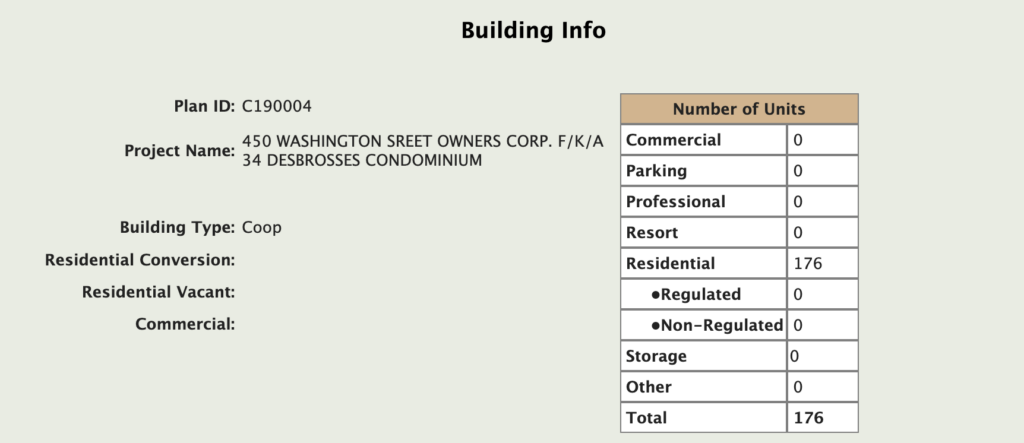There are many hot topics in New York City real estate development these days—the draw of hybrid work, the dearth of affordable housing, the redevelopment of Penn Station, etc.—but few have more intrigue than the competition to win one of the three available downstate casino licenses. Obtaining one of these licenses is essentially the New York City real estate version of finding one of Willy Wonka’s golden tickets. In this series of articles, I’ll examine the process, players, and plans, and place my bets on where New York’s new casinos will be located.
What’s the background on these casino licenses?
Back in 2012, then-Governor Andrew Cuomo proposed an amendment to the New York State constitution to allow casino gambling. Voters approved that amendment in November 2013.
ABSTRACT OF PROPOSAL NUMBER ONE, AN AMENDMENT
www.elections.ny.gov/NYSBOE/Elections/2013/Proposals/ProposalOneFinal.pdf
The purpose of the proposed amendment to section 9 of article 1 of the Constitution is to allow the Legislature to authorize and regulate up to seven casinos for the legislated purposes of promoting job growth, increasing aid to schools, and permitting local governments to lower property taxes through revenues generated.
The amendment allowed for the State Legislature to authorize up to seven casinos. The following year, Governor Cuomo signed into law the Upstate New York Gaming Economic Development Act of 2013. This law provided a process for creating four gaming resorts within three regions of upstate New York: the Catskills/Hudson Valley, the Capital Region, and the Eastern Southern Tier/Finger Lakes.
Three licenses were awarded in December 2015:
- Rivers Casino & Resort by Rush Street Gaming in Schnectady
- del Lago Resort & Casino by Churchill Downs in Seneca County
- Resorts World Catskills by Empire Resorts in Monticello (originally Montreign Casino & Raceway)
The fourth license was awarded in August 2016 to Tioga Downs in Nichols.
All four casinos are currently in operation, leaving three licenses unawarded for future development. These three licenses are the downstate licenses now being vied for by real estate developers, billionaire hedge fund managers, and gaming/hospitality businesses across New York.
How will the downstate casino licensing process work?
In 2022, the New York State budget defined the siting process and criteria for the three licenses. That process is run by the NYS Gaming Facility Location Board (GFLB), which has a handy evaluation website outlining the various steps.
Before the GFLB reviews an application, applicants must attain public approval through a local Community Advisory Committee (a CAC), adhere to all state/local zoning requirements, and pay a $1 million fee.
Next, the GFLB will score the application for economic activity & business development, local impacts, workforce enhancement, and diversity according to predetermined weights:
| Objective | Weight |
| Economic Activity & Business Development | 70% |
| Local Impact of Siting | 10% |
| Workforce Enhancement | 10% |
| Diversity Framework | 10% |
| Total | 100% |
Pursuant to the FY2023 NYS budget casino siting language, consideration will also be given to three other factors:
- Whether a proposal is a conversion of an existing video lottery gaming facility or a new facility construction
- Location
- The revenue impact of a proposal on existing facilities and potential new facilities (more about this later)
Please also note that the FY2023 NYS budget language linked above provides very specific sub-criteria detailing the four weighted categories. I won’t rehash that here because it’s lengthy. Additionally, the GFLB is welcoming public comments. Readers can email them here if they feel so inclined.
Once the GFLB has reviewed all of the applications and made their selections pursuant to the above process, they will review that the selected operators have met all necessary licensure criteria and completed state environmental reviews (SEQR).
Finally, the GFLB will forward their selections to the NYS Gaming Commission, which will determine whether to award the licenses.
Who, exactly, are the decision makers?
The Community Advisory Committees will be formed as needed based on the specific location of each application. All CACs will include persons appointed by Governor Hochul, the applicable State Senator, and the applicable State Assemblymember. In addition:
Within New York City, CACs will include persons appointed by Mayor Adams, the applicable Borough President, and the applicable City Councilmember. That’s six people in total.
Outside of New York City, CACs will include persons appointed by the applicable County Executive and the applicable locality’s senior elected official (mayor, town supervisor, or both). That’s five people in total.
Approval by a CAC must be granted by a two-thirds majority for the GFLB to consider an application.
The GFLB is presently comprised of three members: Quenia A. Abreu, Vicki L. Been, and Stuart Rabinowitz. Their backgrounds vary across economic development, academia, not-for-profit work, public service, legal expertise, and other areas. Quenia Abreu has deep experience in the Bronx, Queens, and Upper Manhattan. Vicki Been was a deputy mayor in the de Blasio administration and teaches at New York University. Stuart Rabinowitz was the president of Hofstra for 20 years, a clear Long Island connection. Full bios are available on the GFLB website.
The current GFLB has not yet appointed a chair, but Vicki Been took the lead in the inaugural board meeting held on January 3, 2023. Importantly, the GFLB can contain up to five members, but it only has three right now. It should be expected that two more people will join the GFLB some time in the future. Those newcomers would be appointed by the NYS Gaming Commission, which is effectively controlled by Governor Hochul, so Governor Hochul still has major sway in the overall process (in case that was somehow in doubt).
The NYS Gaming Commission is comprised of six commissioners: John A. Crotty, Peter J. Moschetti, Jr., Brian O’Dwyer (Chair), Christopher R. Riano, Marissa Shorenstein, and Jerry Skurnik. Full bios are available on the Commission’s website. The New York Times has reported that the Commission said it would not override the GFLB’s selections absent a problem with the fitness or character of an applicant.
Where are we now?
On January 3, 2023, the current iteration of the GFLB held its first board meeting. They adopted and issued the formal request for applications (RFA) to solicit proposals. They also enacted two rules that are included in the RFA:
- A minimum $500 million capital investment
- A minimum $500 million casino license fee
Although the RFA just went out, many proposals and rumors have already been reported in the press as developers have gotten a head start. Here’s a summary of the present contenders. (If I missed anyone, let me know!)
| Name | Location | Players |
| Resorts World New York | Queens | Genting Group |
| Empire City Casino | Yonkers | MGM |
| Coney Island | Brooklyn | Thor Equities, Saratoga Casino Holdings, & the Chickasaw Nation |
| Herald Square | Manhattan | L&L Holding |
| Herald Square | Manhattan | Vornado |
| Hudson Yards | Manhattan | Related & Wynn Resorts |
| Midtown East | Manhattan | Soloviev (Solow) Group |
| Nassau Coliseum | Long Island | RXR & Las Vegas Sands |
| Times Square | Manhattan | SL Green & Caesars Entertainment |
| Saks Fifth Avenue | Manhattan | Hudson’s Bay |
| Willets Point | Queens | Steven Cohen (Point72) & Hard Rock |
That’s a lot to work through, so let’s break it down into two categories.
First, we’ll look at the existing facilities.
As mentioned above in the process section, the GFLB is to consider whether an application is for an existing facility or new facility as well as the impacts on existing facilities and potential facilities. Because of those required considerations, and the local connections the existing facilities have made over the years, it is widely assumed that two of the three unawarded licenses will be awarded to Resorts World New York in Queens and Empire City Casino by MGM in Yonkers—the two existing casino facilities. These licenses would enable the existing facilities to provide live table games like blackjack and poker in addition to (or instead of) the electronic versions currently offered.
A study commissioned by Spectrum Gaming Group for the NYS Gaming Commission in January 2021 notes that opening three new downstate casinos could saturate the market and even cause the existing facilities to close, leading to job loss and negative community impacts. That’s clearly unwanted. The scenario that one existing facility gets a license and the other does not was not contemplated, so that seems unlikely.
Taken together, I’m with the crowd in assuming that the real game is about the last unawarded license. Thus, my first bet:
Bet #1: Resorts World NY & Empire City Each Get a License
Second, we’ll look at the proposed casinos.
Obviously this is where things get interesting. As of right now, I’ve identified nine potential proposals for new casinos vying for the last license. Some proposals are well publicized and developed. Others are rumors at best.
In the next installment of this series, I’ll begin to review what we know about the new proposals. Stay tuned!






